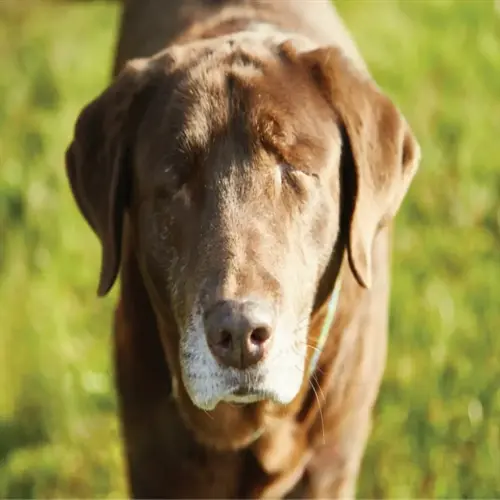What tail signals indicate playfulness versus stress?

Written by
John Williams
Reviewed by
Prof. David Walsh, Ph.D.Cat tail signals show essential emotional differences between playfulness and stress that owners often misinterpret. When my cat Ziggy's tail is gently rippled during his toy hunts, I see pure focused attention in it. But that same tail violently flails when he is at the vet and overwhelmed. Awareness of these distinctions will prevent communication breakdowns.
Hunting Postures
- Gentle side-to-side flicks during stalking
- Medium height positioning with curved tip
- Wiggling hindquarters before pouncing
Interactive Signals
- Upright tail with slight quiver during greetings
- Loose wrapping around human limbs
- Soft tapping during focused play
Defensive Reactions
- Full tail puffing like bottlebrush
- Tight tucking under body
- Thumping against surfaces
Overstimulation Signs
- Sudden violent thrashing during petting
- Twitching skin near tail base
- Abrupt switching from purring to thrashing
Context changes the meaning completely. Ziggy's tail movement when he chases a feather toy shows his excitement, this same tail motion, when near other unknown cats, indicates a fear of losing territory. Always pay attention to the position of the ears. Erect ears confirm playfulness, while flat ears confirm fear.
Overstimulation limits vary from cat to cat. With Ziggy, petting sessions begin with purrs and medium-high tails. When the kicking madness begins, I stop immediately. This allows for respect of his boundaries and prevents bites. Learning each individual's limits requires close observation, but it also establishes a trustworthy rapport.
React wittingly to the tail Language. With playful wiggles, use interactive Toys. For signs of stress, such as puffing or thrashing about, offer quiet refuge areas. These individual responses reflect the communication of their species, enhancing and regulating your special relationship through the years.
Read the full article: Understanding Cat Body Language Completely

